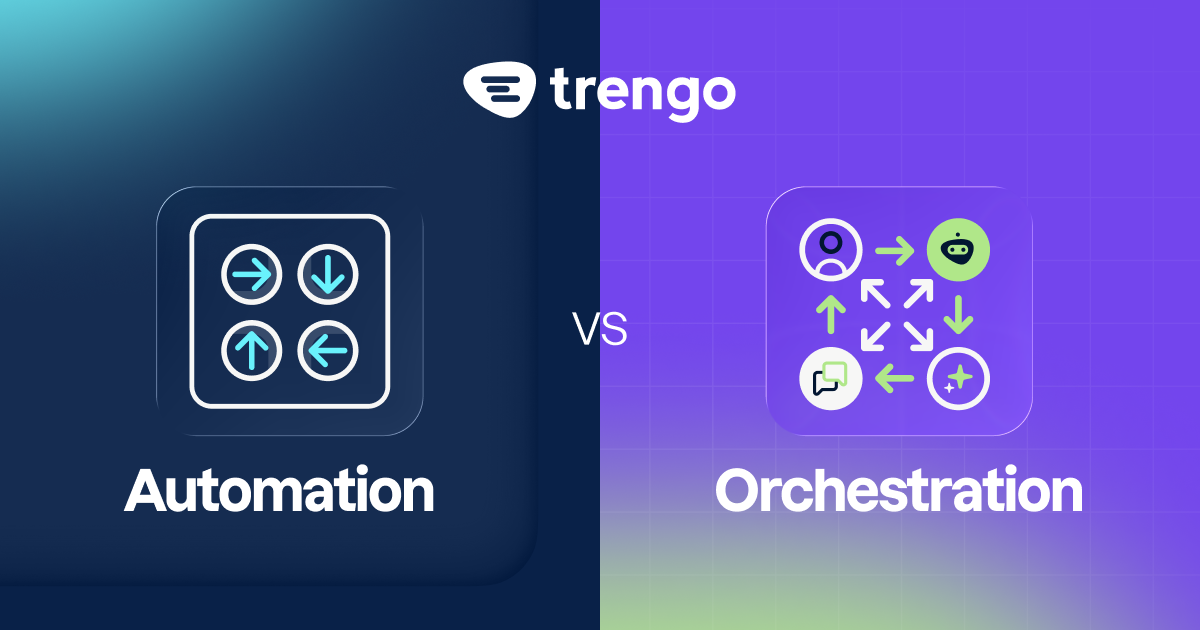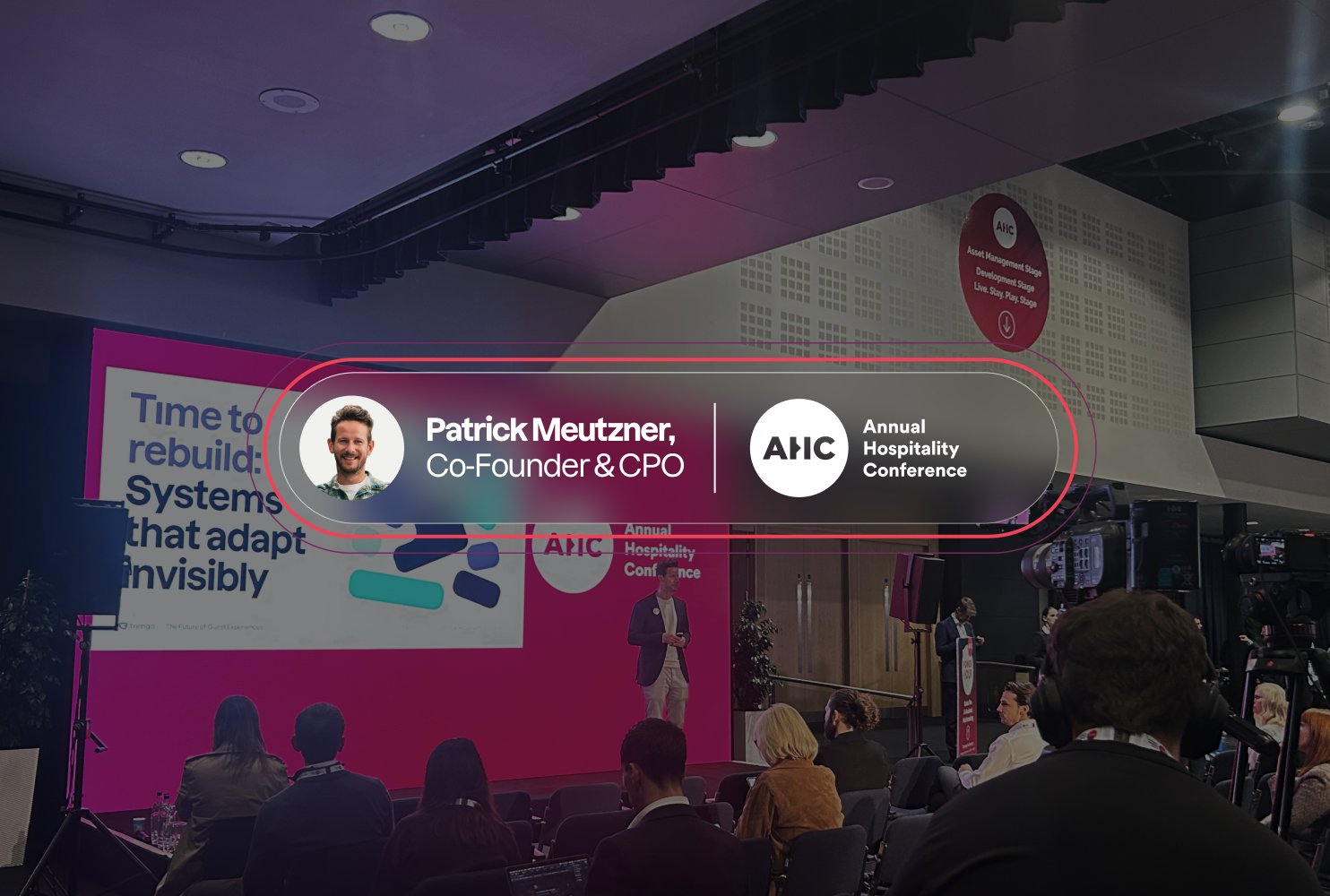Managing multiple social media accounts is becoming more and more of a challenge for modern businesses. With 5.24 billion social media identities spread across platforms like Facebook, Instagram, Snapchat, WhatsApp, and LinkedIn, staying visible and engaged with your audiences has become a mammoth task. The pressure to respond fast, post consistently, and track results in real time can leave teams overwhelmed and reactive, rather than strategic and in control.
Whether you’re handling customer queries on Messenger, sharing updates on LinkedIn, or trying to keep up with Instagram Stories, the complexity only grows as your channels multiply. That’s why learning how to manage multiple social media accounts efficiently is so important.
In this blog, we’ll explore smart, actionable ways to get back in the driver’s seat of your social presence.
Why do you need to know how to manage multiple social media accounts?
Managing multiple social media accounts has become essential for businesses that want to stay relevant and build trust. For customer service teams, it has become especially important. These platforms have become the places where customers go to ask questions, share feedback and form impressions about your service.
Here is why more brands are choosing to expand across platforms, and why having the right system to manage them all is so important:
Every platform meets a different customer need
Your customers are not all in one place. Some turn to LinkedIn for professional insights. Others prefer WhatsApp for quick support. Managing separate accounts allows your business to show up with the right tone and content on each one.
Clear account roles improve the customer experience
When you separate your accounts by purpose, customers know exactly where to go. You might use one profile for proactive support, another to highlight company culture and another to share product updates. This structure avoids confusion and makes it easier for customers to engage with your brand.
Local content matters more than ever
Regional teams often know their audience better than a global one-size-fits-all account. Running local social media accounts allows you to speak the right language, use relevant references and post at the right times. Trengo makes managing multiple accounts across different locations easier by helping you route conversations and automate content flows across regions.
Customers expect a consistent presence
People do not think in channels. They just want a response. When your business is active on all the platforms your customers use, it sends a clear message: we are here, and we are listening. Trengo’s shared inbox gives your team one place to see and respond to all social messages, so nothing falls through the cracks.
You need a clear view of performance
When social media management is scattered across tools and teams, your insights are harder to obtain, and you might make decisions without having the full picture. With Trengo, you can see performance across all accounts in one place. This means better reporting, faster decisions and smarter strategy.
8 ways to manage multiple social media accounts
Managing multiple social media accounts doesn’t need to feel overwhelming. With a clear structure, the right habits and a platform like Trengo, it becomes a controlled and strategic part of your daily workflow. Here’s how:
1. Start with a clear social media strategy
Managing multiple social media accounts without a strategy is like trying to build a house without a blueprint. Before you post anything, define the purpose of each account and the value it should deliver.
Here’s what to include in your strategy:
- A profile-specific goal (e.g. generate leads on LinkedIn, drive engagement on Instagram, resolve queries on WhatsApp)
- Audience expectations on each platform
- Content formats and tone that work best on each platform
- Frequency of posts and who is responsible for what
This clarity helps teams avoid duplication and stay consistent. In Trengo, you can link your strategy to execution by assigning tags and workflows to each platform, so content, conversations and goals are always aligned.
Pro tip: Write one-page briefs for each account that your team can refer to when creating content or responding to messages. This reduces guesswork and keeps everyone on brand.
2. Centralise all messages in one inbox
One of the biggest causes of slow replies and missed messages is switching between platforms. A shared inbox pulls all your DMs, comments and mentions into a single workspace, so your team can respond quickly without context switching.
In Trengo, every message from Instagram, WhatsApp, Facebook, and more is automatically sorted, tagged and assigned. You can even leave internal notes or @mention teammates when input is needed.
This way:
- No customer has to repeat themselves
- Messages never fall through the cracks
- Your whole team is working from the same real-time view
Pro tip: Set up inbox labels by platform or topic (e.g. “Instagram product Qs” or “WhatsApp complaints”) to instantly sort messages and prioritise better.
3. Create and maintain an editorial calendar
A consistent posting schedule keeps your brand top of mind. It also helps you spot content gaps and plan ahead for campaigns, product updates or seasonal events.
An effective calendar includes:
- Weekly or monthly content themes
- Platform-specific post formats and copy
- Key dates like launches, holidays or campaigns
- Assigned owners and deadlines
Trengo helps you ensure your support team is briefed and ready for any related customer questions.
Pro tip: Build a “content queue” for evergreen posts, so you’re never stuck without something relevant to publish on slower weeks.
4. Automate what doesn’t need a human touch
Not every message needs a manual reply. Smart automation can handle routine tasks like sending welcome messages, confirming receipt of an inquiry or routing queries to the right team.
With Trengo’s Rules and Flowbots, you can automate:
- Assigning messages by topic or language
- Sending quick replies for FAQs
- Flagging urgent requests based on keywords
- Forwarding leads to sales or complaints to support
For example, setting automated replies on Facebook frees up your team to focus on the conversations that truly need a personal response while also meeting customers' expectations to get fast responses.
Pro tip: Start by automating just one type of response (like “Where is my order?”), and expand gradually as you see results.
5. Measure what matters and adapt
Posting without tracking results is like driving with a blindfold on. To manage multiple social media platforms well, you need to know which channels are driving engagement, leads and support volume.
Trengo offers performance dashboards that show:
- Channel-level response times and volume trends
- Sentiment analysis from messages
- Common queries or complaints
- Tag performance and conversation history
Use this data to adjust your posting schedule, refine your strategy, or reallocate resources across platforms.
Pro tip: Run a monthly “social review” session with your team to look at what’s working and what’s not. Use that insight to update your content plan or support workflows.
6. Repurpose and recycle your best content
Creating fresh content for every platform is a fast track to burnout. Instead, build a library of reusable assets you can adapt and repurpose across channels.
For example:
- A LinkedIn blog post can become an Instagram carousel
- A how-to video on YouTube can be clipped for Stories
- A WhatsApp update can reference a Facebook post with more detail
Pro tip: Create “content kits” by topic (e.g. onboarding, product FAQs, case studies) to pull from when planning future posts.
7. Localise content without losing control
If your business operates in more than one country, your content should reflect that. A single global account won’t cut it when audiences expect language, tone and timing that matches their way of communicating.
With Trengo, you can:
- Route conversations to regional teams
- Use language detection and auto-replies
- Assign team members based on time zone
- Monitor all regional channels from one dashboard
This keeps local teams in control while giving HQ a clear view of global performance.
Pro tip: Set up localised response templates in each language your team supports. This saves time and ensures consistent messaging.
8. Align your social and support teams
Your marketing and customer service teams should not be operating in silos. When both teams use the same tools and workflows, it leads to faster replies, smoother handoffs and better experiences for your followers.
Trengo connects both sides of the business in one platform. That means:
- Shared access to social conversations and history
- Ability to assign queries to the right expert
- Tagging for follow-ups or ticket escalation
Your marketing team can focus on engagement. Your support team can step in when needed. And your customer? They just see fast, relevant replies.
Pro tip: Create shared playbooks for different scenarios (e.g. product issues, order delays, positive mentions) so both teams know exactly how to respond.
5 powerful Trengo features for managing multiple social media accounts
Here are five ways Trengo simplifies the process of handling multiple accounts across social platforms.
1. AI-assisted message management
When you're handling hundreds of messages a day across Facebook, WhatsApp, Instagram and more, every second counts. That’s where Trengo’s AI comes in. Built directly into your inbox, this feature helps team members write high-quality replies, faster. Instead of starting from scratch, agents get suggested responses tailored to the message content and channel.
Trengos AI also adjusts tone based on platform norms, such as professional for LinkedIn, versus more friendly for Instagram, so your brand voice stays consistent but relevant to the context. Team members can edit or personalise the suggestions before sending, ensuring every reply feels natural and on-brand. It’s especially helpful for new team members or during busy hours, where quick yet thoughtful replies make all the difference.
With AI, your team stays sharp, your response times stay low, and your customers get what they need without delay. The result? A smoother workflow and more satisfied customers, even when your inbox is full.
2. Unified inbox with smart routing
Juggling multiple tabs to check messages from each social media account is frustrating and time-consuming. Trengo’s unified inbox brings all those conversations into one clear, shared space. From WhatsApp chats to Instagram DMs and Facebook comments, everything lands in one place, so there are no more missed messages or double-handling.
What sets Trengo apart is the smart routing system. You can define rules based on keywords, language, sender or channel, ensuring that each message is automatically assigned to the right person or team. For example, messages containing “return policy” can go straight to support, while those tagged with “pricing” can be routed to sales.
The shared inbox also allows internal comments, @mentions and tags, so teams can collaborate without switching tools or confusing customers. It reduces silos, speeds up replies and gives everyone the visibility they need to deliver a great customer experience no matter what social channel the message comes from.
3. Automation with Rules and Flowbots
When you manage multiple social media accounts, not every message needs a manual reply. Trengo’s automation feature, called Rules and Flowbots, takes care of the repetitive tasks so your team can focus on conversations that require more personal attention.
Rules allow you to set conditions that automatically assign, tag or escalate messages. You might tag all messages with “order status” and send them to a bot for initial triage, while routing product questions to the appropriate agent. Flowbots handle structured interactions like FAQs, product selection or order tracking. They ask questions, give options and collect information before escalating to a human.
This level of automation ensures that urgent queries are prioritised, common questions are resolved instantly, and no customer is left waiting. It also ensures consistency in how enquiries are handled, regardless of platform. For businesses juggling multiple channels and high volume, automation is essential to staying responsive without overstretching your team.
4. Multi-brand and regional account management
Many businesses run separate social accounts for different brands, products or countries. Without the right structure, this quickly becomes hard to manage. Trengo makes it simple to centralise management while keeping each account distinct and relevant to its audience.
You can set up separate inboxes per region, language or brand and assign dedicated team members to each one. These inboxes can have their own Rules, tags and workflows, so you can tailor the experience without compromising oversight. Whether you’re managing a Dutch support channel, a German sales account or a UK brand page, your team can work in parallel, without stepping on each other’s toes.
At the same time, managers can monitor performance and track conversations across all accounts. This structure gives your team autonomy while keeping everything under control. It’s ideal for international businesses that want to stay local in their tone and timing, but unified in their brand experience.
5. Built-in analytics to track what matters
You can’t manage what you can’t measure. Trengo’s built-in analytics give you a complete picture of how your social media channels are performing. From message volumes to response times, from team performance to topic trends. Everything is tracked and presented in a simple dashboard.
This visibility helps you understand where your team is excelling and where you may need to reallocate resources. Are you receiving more WhatsApp queries than Facebook DMs? Do LinkedIn conversations convert better than Instagram ones? With Trengo’s reporting tools, you can answer these questions with data.
You can also track peak hours, customer sentiment and trending topics to inform both your content strategy and your support setup. For managers, this insight makes it easier to report on KPIs, justify staffing needs and drive continuous improvement across all platforms.
Final words on managing multiple social media accounts
Managing multiple social media accounts doesn’t need to feel chaotic. With the right structure, habits and tools, it becomes a powerful way to stay connected with your customers, no matter where they are.
The key is to move from reactive posting and scattered workflows to a centralised, strategic approach. Define clear roles for each channel. Plan your content with purpose. Use automation to handle repetitive work. And make sure your team has one place to see and respond to everything.
That’s exactly what Trengo is built to do. Whether you’re handling support via WhatsApp, building community on Instagram or answering product questions on Facebook, Trengo gives you the control and clarity to keep things running smoothly.




.png)











